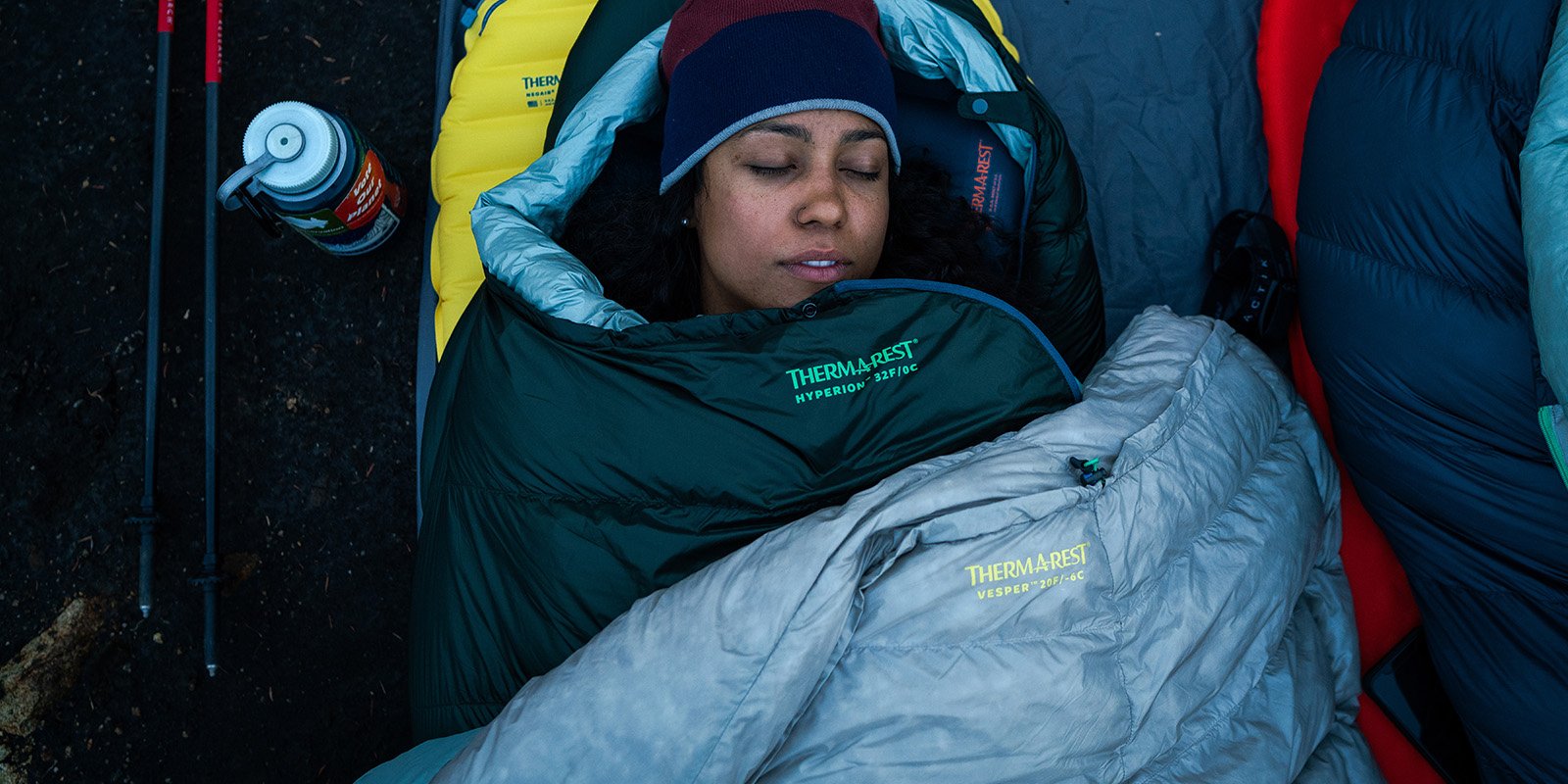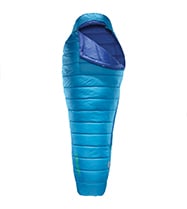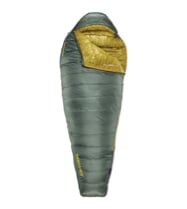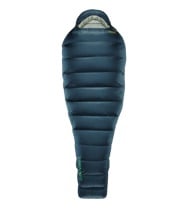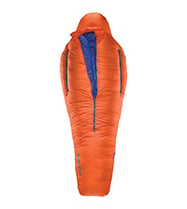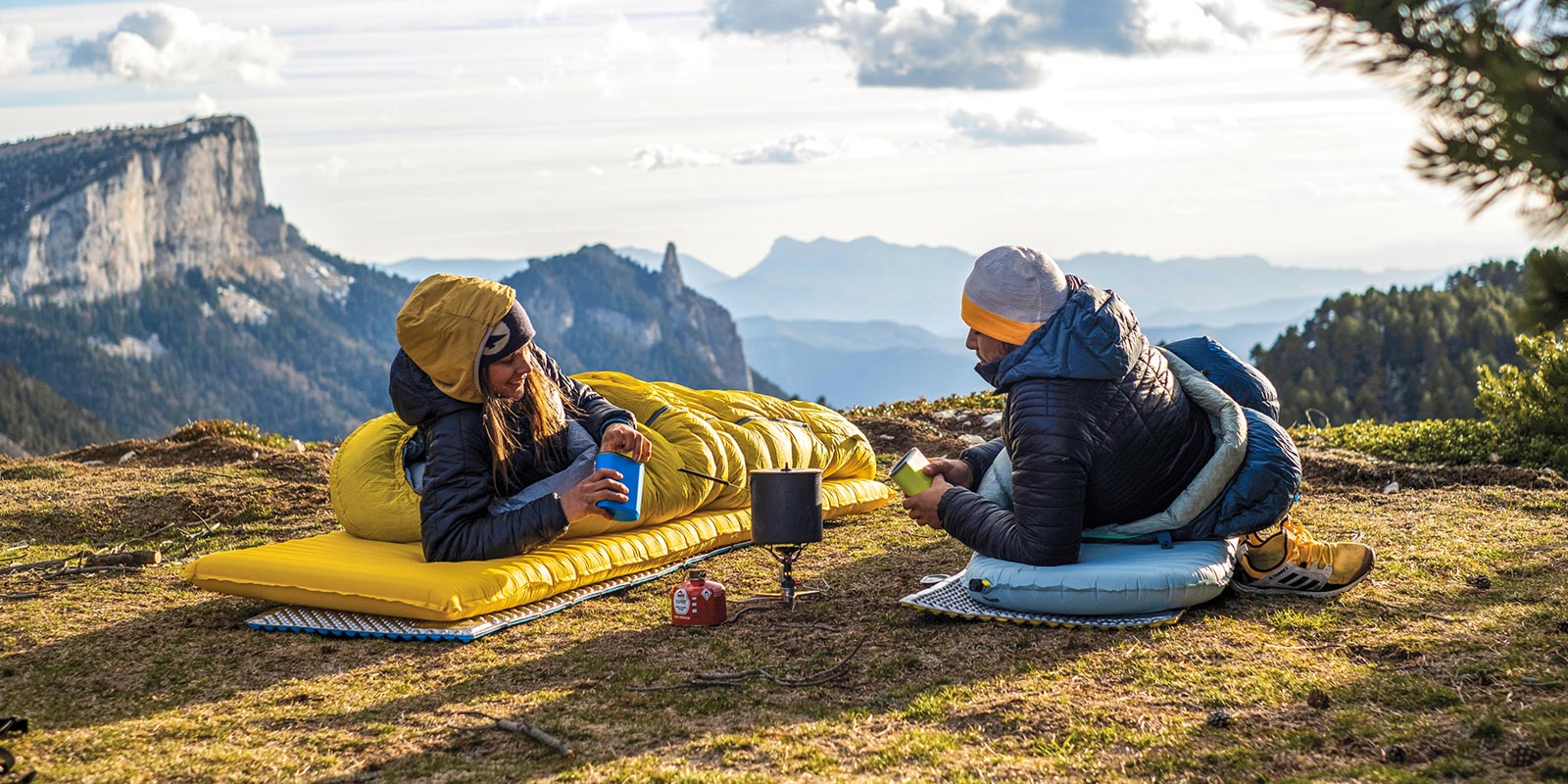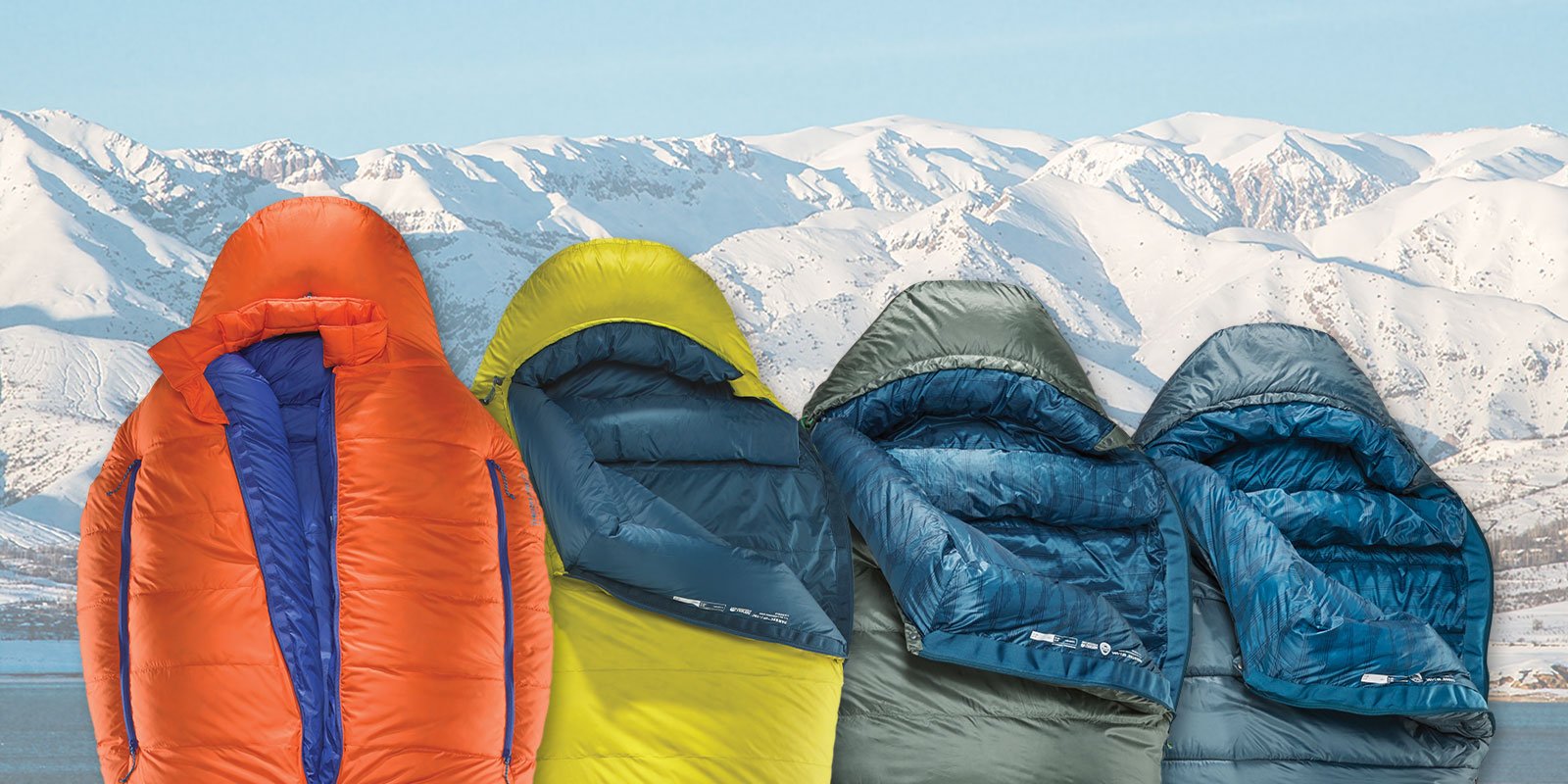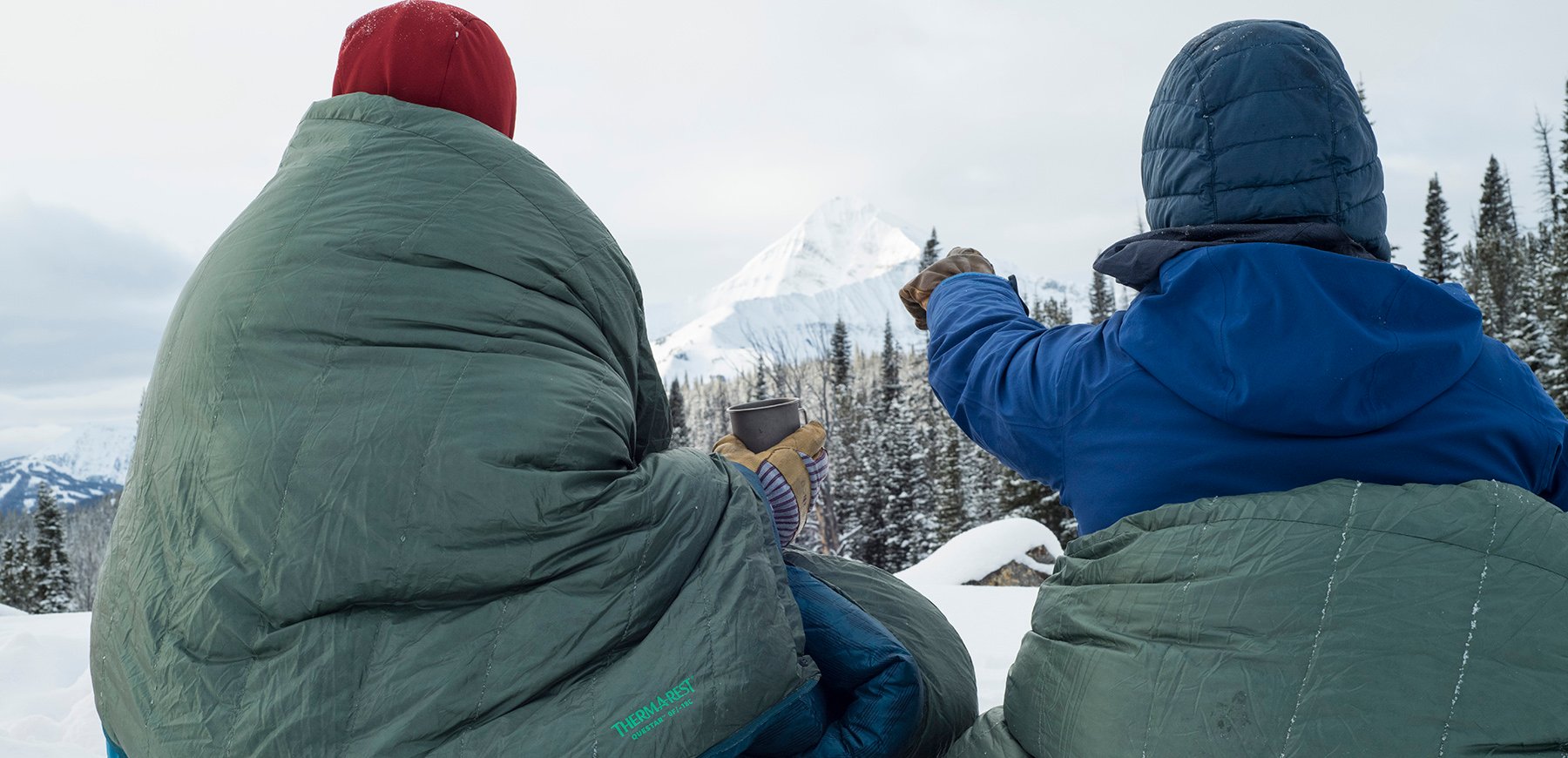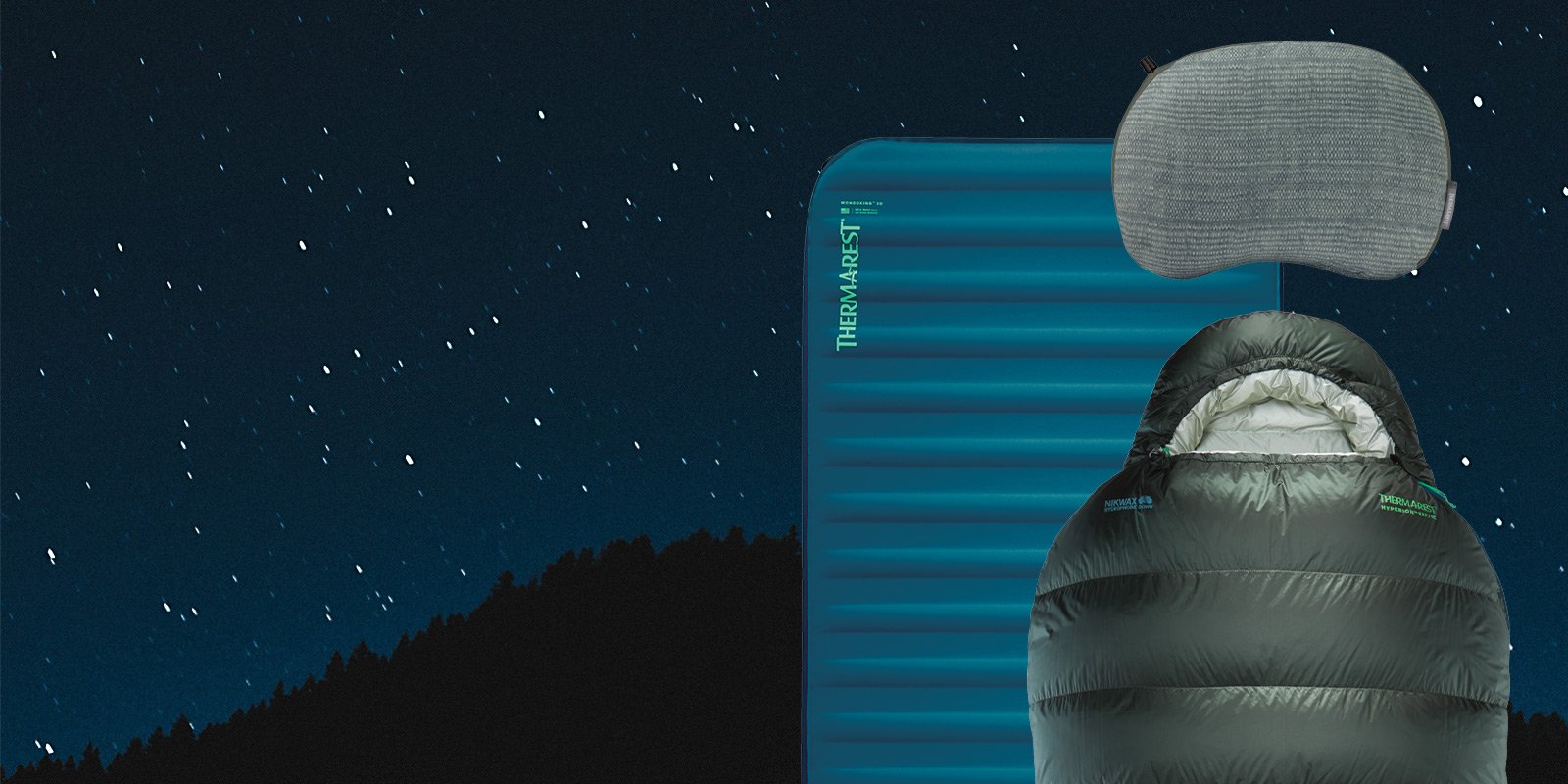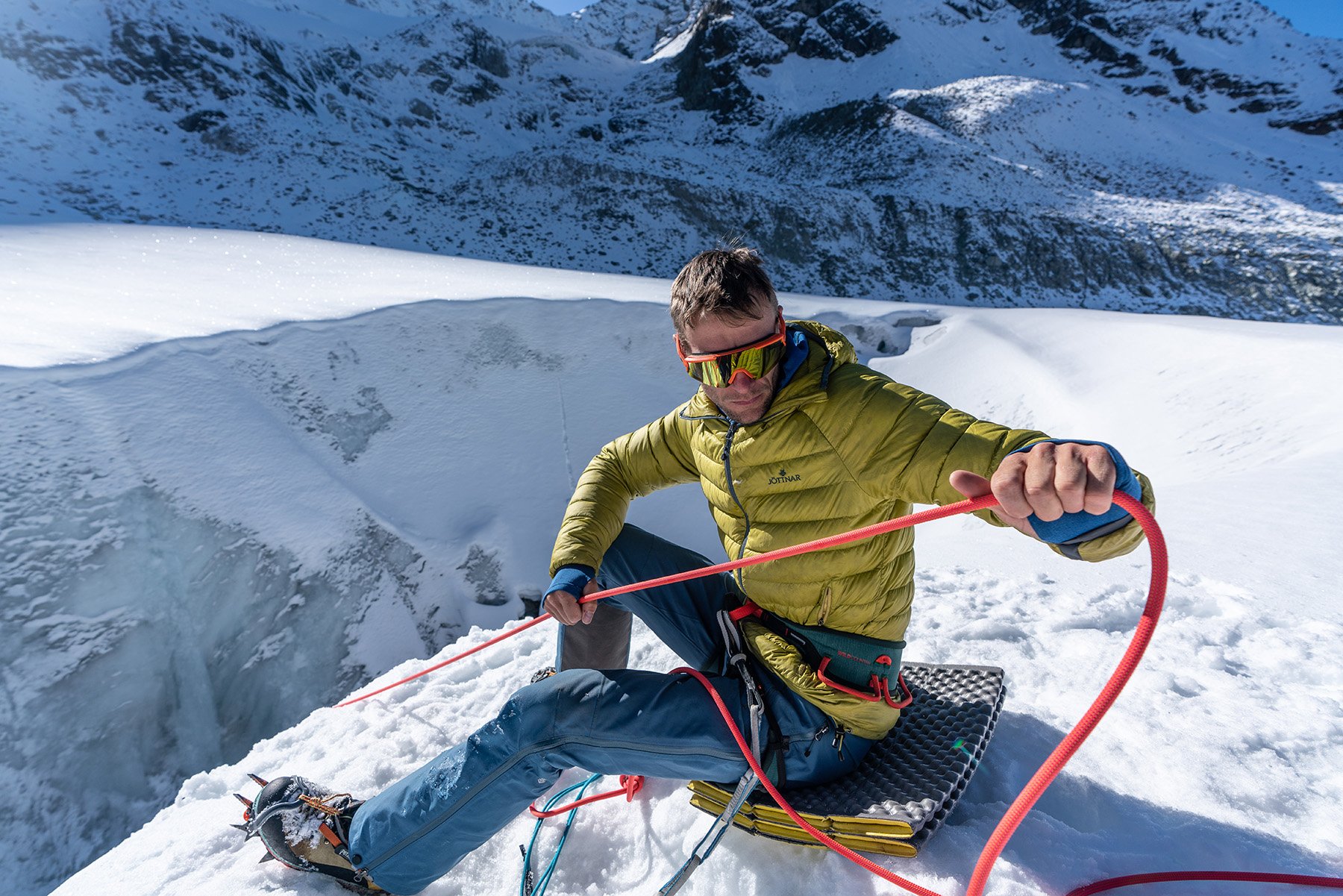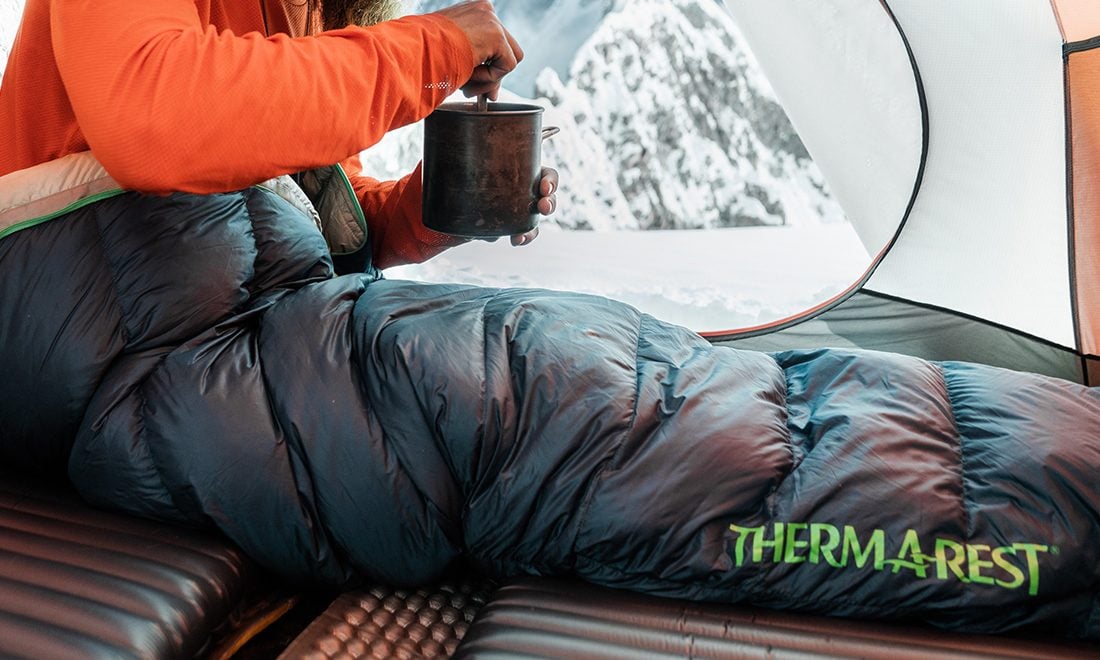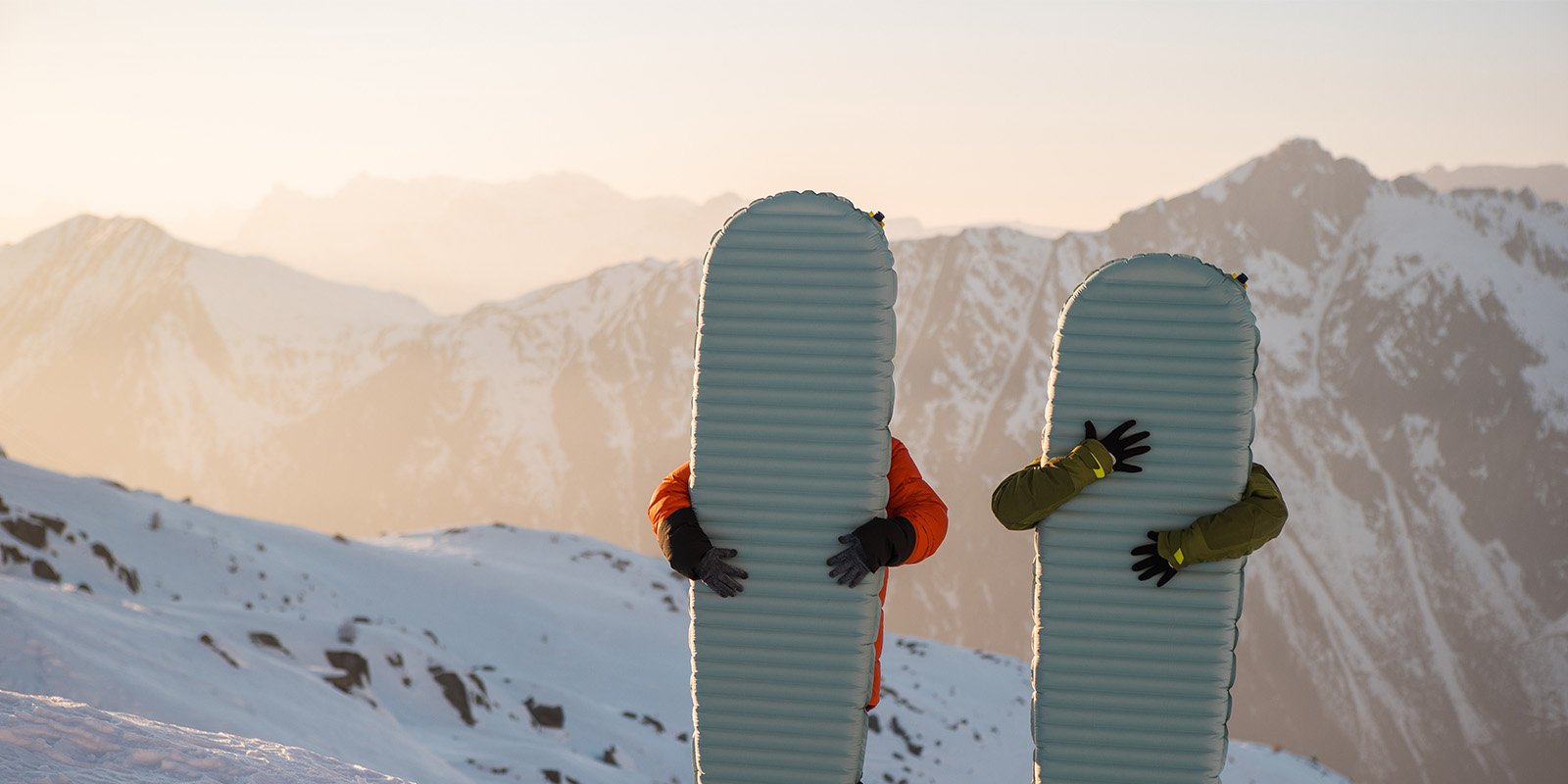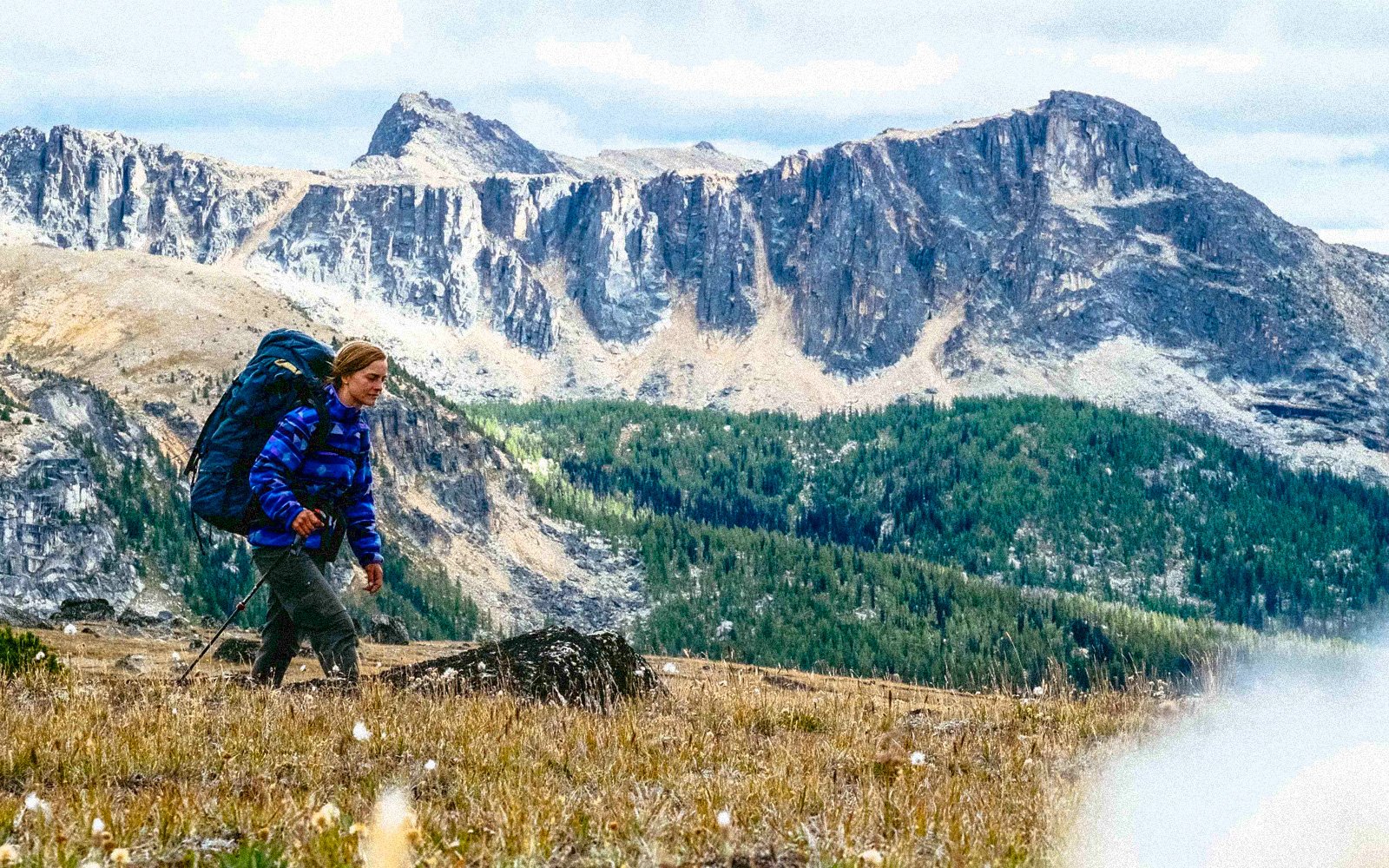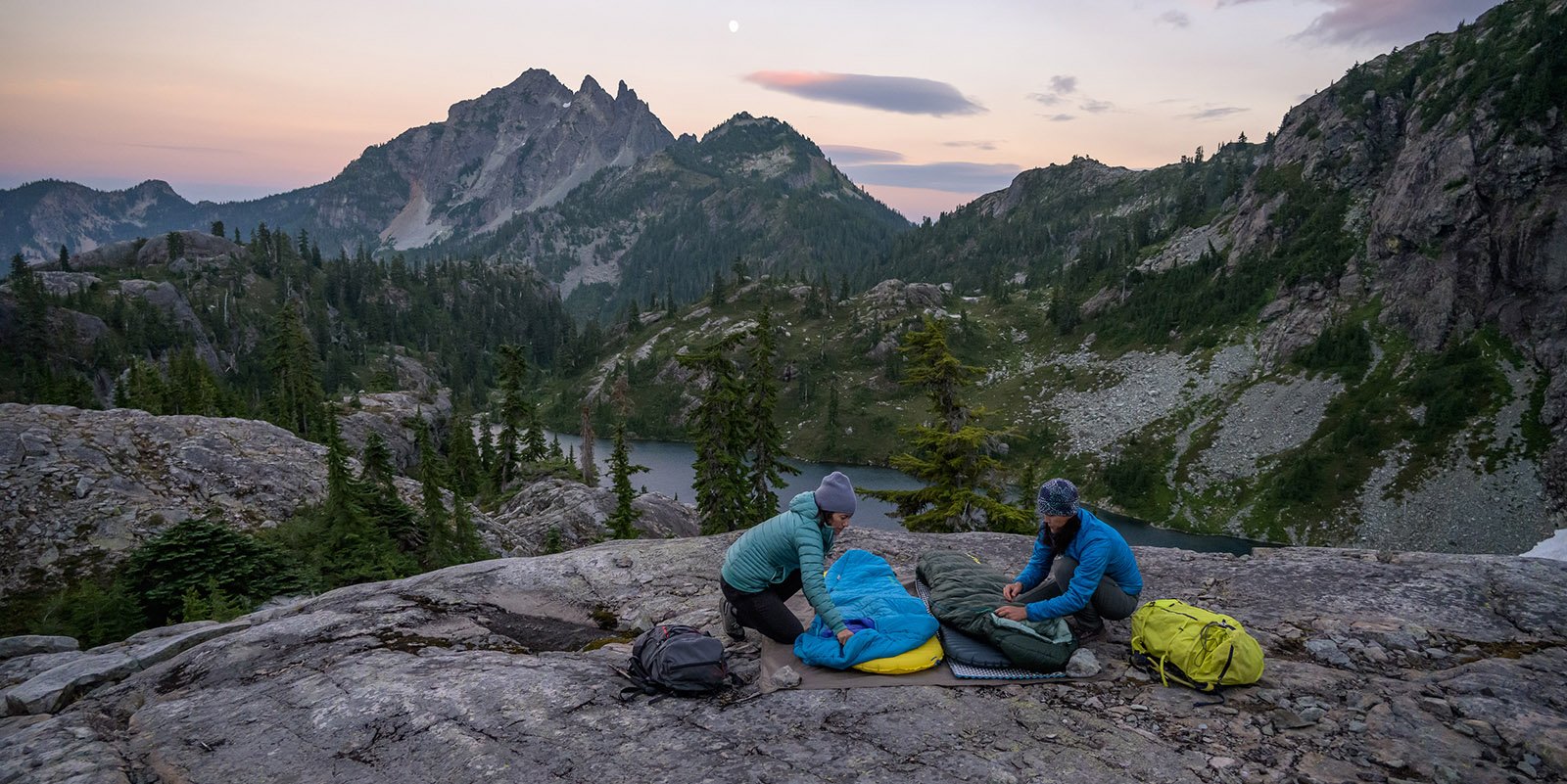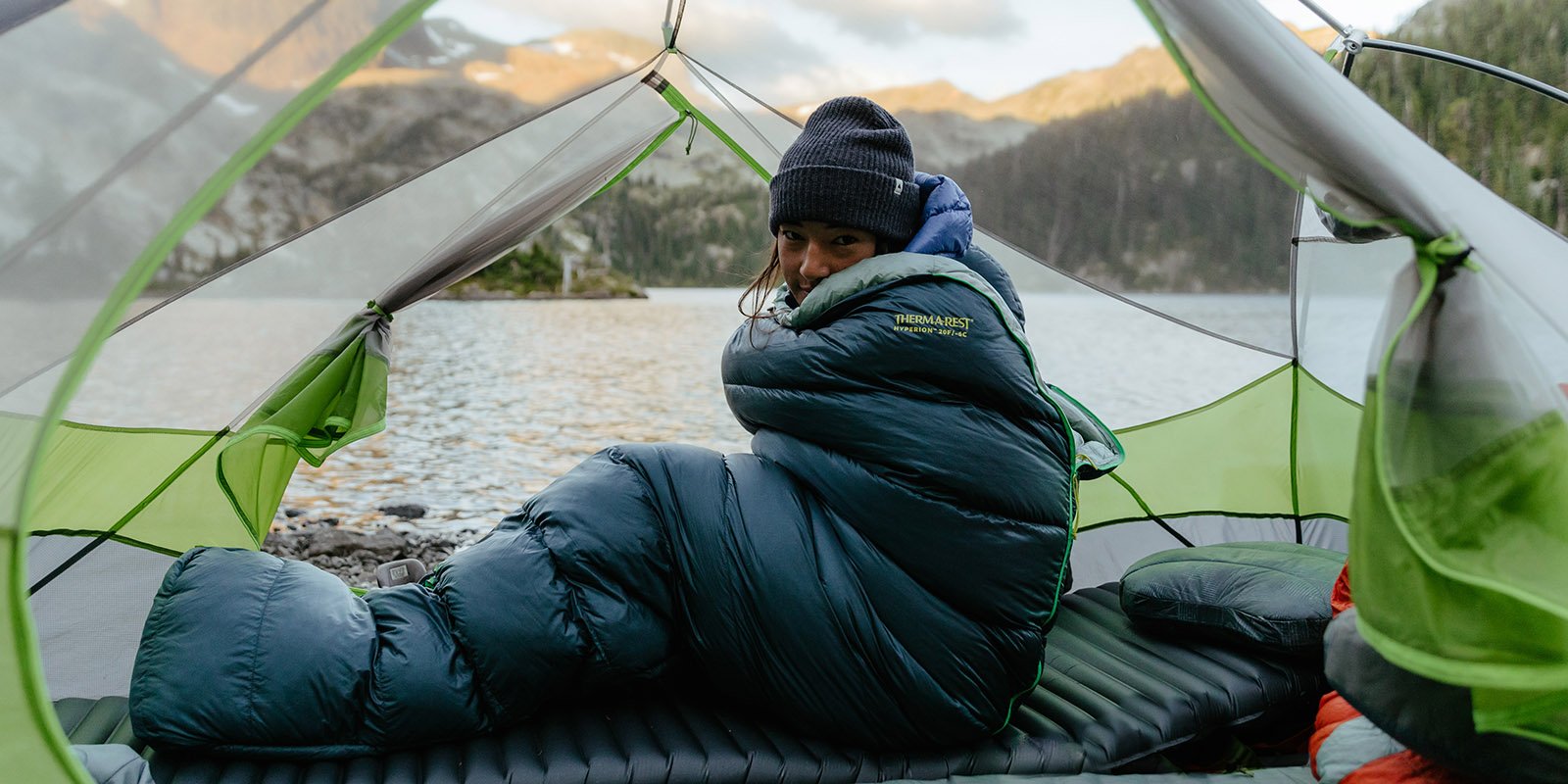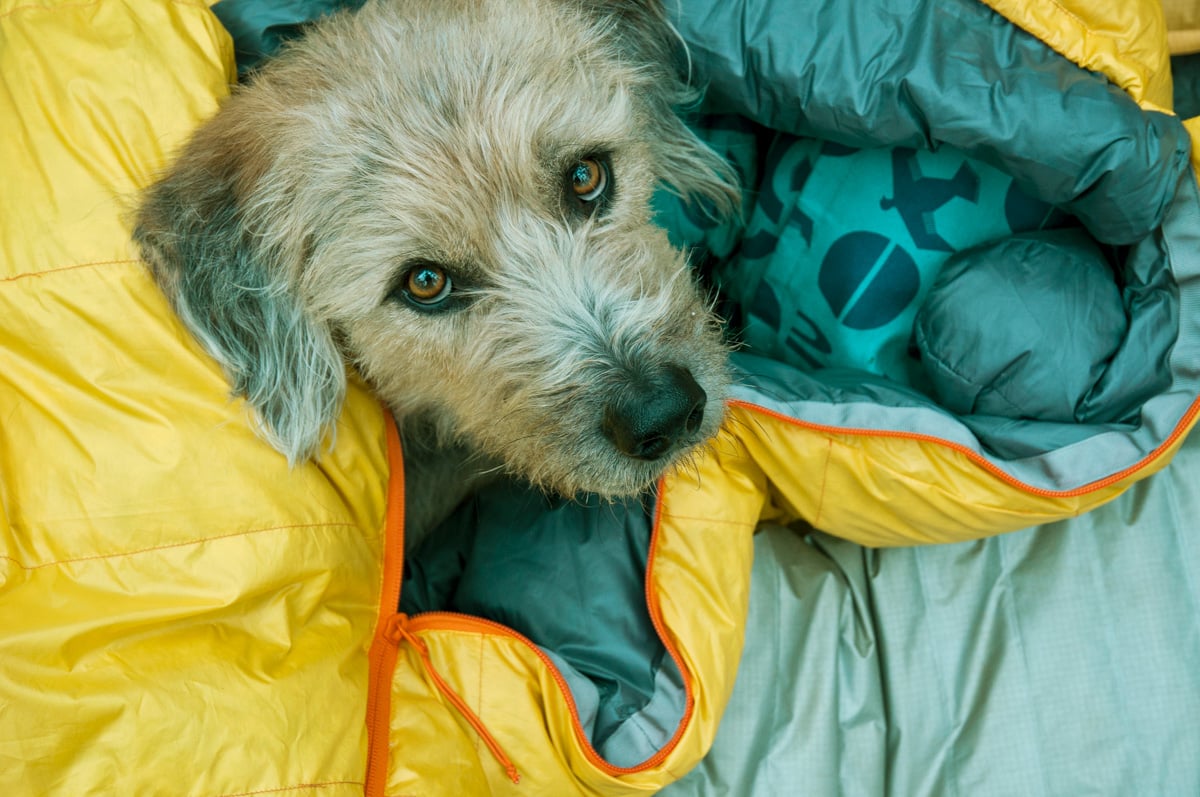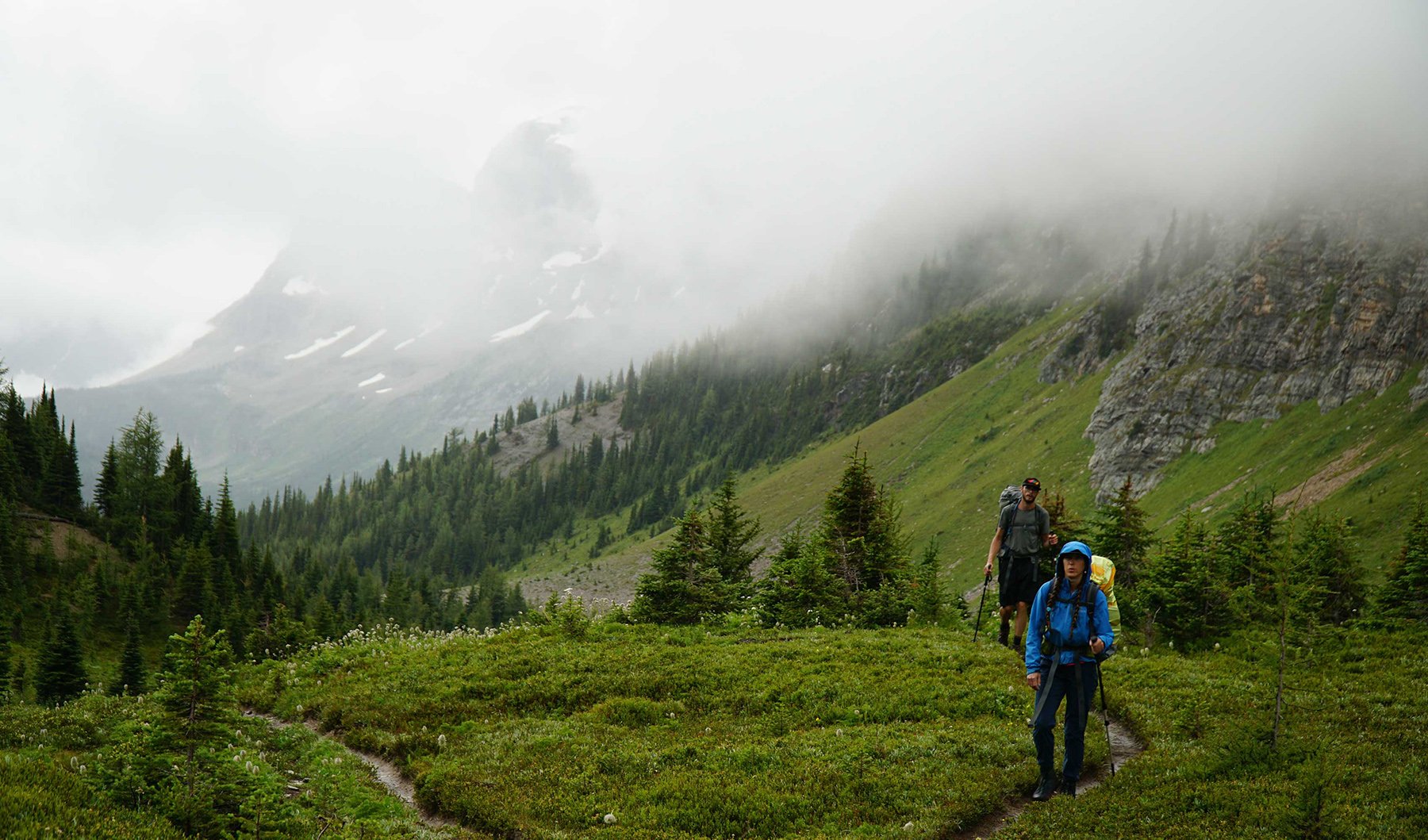Ever wonder how a sleeping bag rating correlates to performance at camp? Before 2005, it was common for campers to have cold nights due to the inaccuracy and variety of sleeping bag temperature ratings. Today, standardized sleeping bag ratings give campers a clear idea of what temperatures their bag can be used in. If you’re in the market for a new sleeping bag, understanding the modern EN/ISO temperature ratings for sleeping bags will be an essential part of your journey.
The reason for the EN/ISO protocol was the historical lack of standardized ratings that made assessing sleeping bag warmth a very subjective affair. In the past, if a manufacturer rated a bag for 20F, it didn’t mean the bag could safely be used at that temperature. It also made it confusing for customers as they started to compare other elements like weight, materials, and price.
In 2005, the EN 13537 Standard was introduced to ensure that consumers could directly compare sleeping bags of a given rating. All sleeping bags are now independently tested and provided with a “comfort” and “limit” rating. In April 2017, the new ISO standard was introduced as an updated version of the EN ratings. The ISO update now serves as the testing protocol for all certified sleeping bags.
All Therm-a-Rest sleeping bag ratings have been made using the most updated testing standards, making the switch when the ISO standard was introduced in 2017. We pride ourselves on rigorously testing all of our gear out in the field and in the lab. Our onsite cold chamber and cutting-edge technology ensure that we are developing and reporting the exact warmth and specs for our high-performance sleeping bags.
Below, we’ll explain the EN/ISO test procedures, how to interpret the results, and what they mean for your nights at camp.
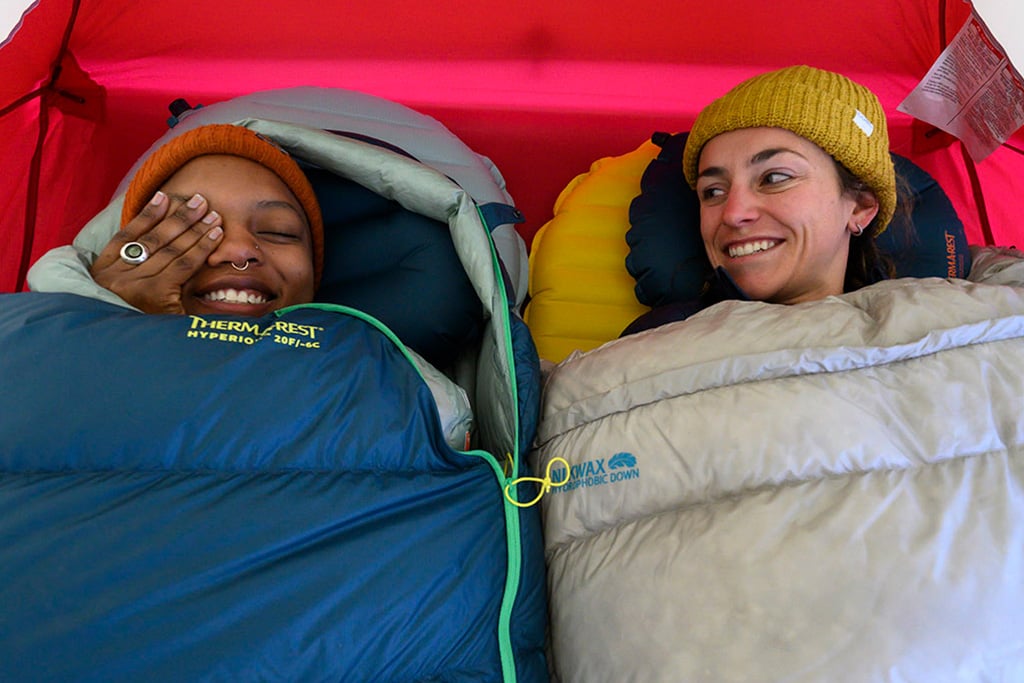
The Sleeping Bag Ratings Test
The EN/ISO testing protocols are a standard for all sleeping bags. The ratings from this test allow users to reliably compare bags of similar ratings that test to this standard and safely choose a bag that suits their adventure.
While there are some incredibly specific requirements for the sleeping bag rating test, it basically involves tucking a sensor-rich, heated manikin into a sleeping bag, and placing them in a cold chamber on a basic foam mat. Each manikin wears a specific base layer, similar to the layer a camper may wear.
As temperatures drop in the cold chamber, corresponding measurements are taken from the manikin. In a nutshell, the test is looking for key benchmarks like when the manikin’s heat accumulates in the sleeping bag, the range where its temperature remains relatively steady, the point at which heat begins to be lost, and then when it is lost at a rate where continued use of the bag would put the user at risk. The results are tallied and the ranges of Comfort, Transition and Risk are established. Published temperature ratings are those at the bottom of each range and referred to as Comfort, Limit and Extreme, respectively.
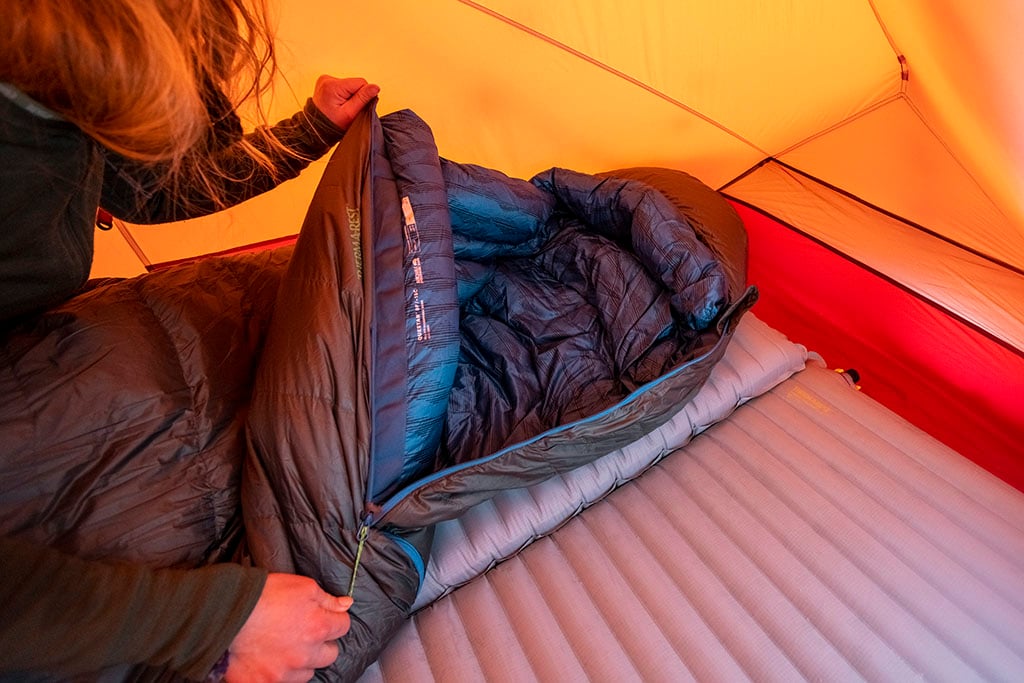
EN/ISO Sleeping Bag Ratings
It’s important to note that unlike the old sleeping bag rating of a single temperature that applied to only a fraction of people, the EN/ISO sleeping bag rating is read in ranges of temperatures–not a specific rating–reflecting the very subjective nature of warmth for a wide spectrum of body types. The numbers included along the continuum are merely points of reference between ranges, helping you to estimate where you might find the sleeping bag to provide ample insulation.
Here is the latest EN/ISO graphic that the Therm-a-Rest team has developed with the definitions of the ranges indicated:
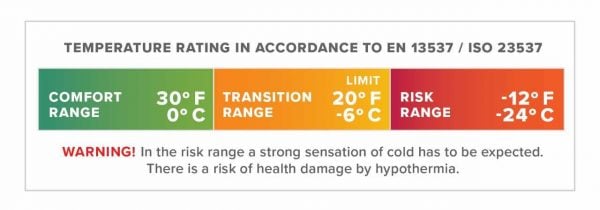
Comfort Range
This is the temperature range where a “standard” woman is comfortable. According to the EN/ISO standards, she is “not feeling cold,” in a “relaxed posture.” Sounds comfortable, right?
Transition Range
Here, a standard man is “in a situation of fighting against cold (posture is curled up inside the sleeping bag), but in thermal equilibrium” and not shivering. That means that somewhere within this range is likely the performance limit of your bag.
Extreme Range
Per the EN/ISO standard’s language: “In this range, a strong sensation of cold has to be expected. There is risk of health damage by hypothermia. A sleeping bag should only be used in this range in an emergency.”
Remember though – these are just ranges. That’s where reality steps in and puts standards in perspective.
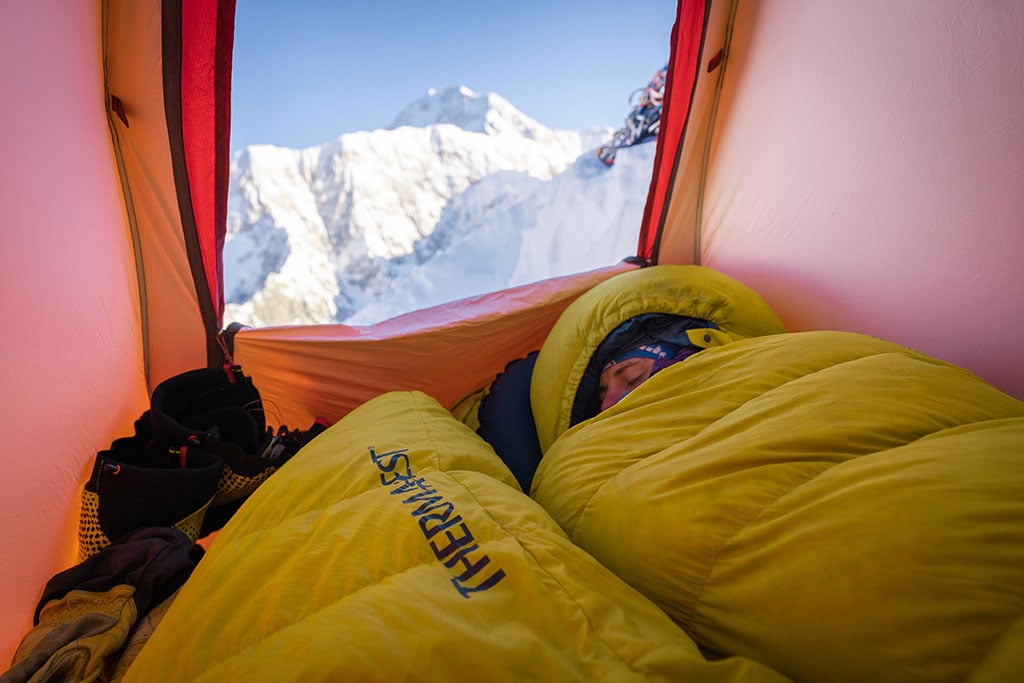
Sleeping Bag Temperature Rating Standards
Basically, standards would be great if the world was limited to the variables inherent in sleeping bag temperature ratings. Fortunately, we’re all way more diverse than that, as are the places and conditions in which we camp. As individuals, how we feel, what we eat, when we eat it, hydration, what we’re wearing inside the bag and, perhaps most important, how well we fit in the sleeping bag, all have dramatic effects on how warmly we sleep.
You’ll find even more variables when you include the environment outside your bag. How warm is your mattress? Is it windy? What if you’re damp? Are you sleeping with a hot water bottle? Are you used to sleeping outside? A pretty endless list of things combine to affect how warm we sleep in the backcountry.
However, despite all the variables, the EN/ISO standards are still the best way to help you figure out a baseline performance level for a sleeping bag. It reflects a range that accounts for your body size, giving you a great idea of how any given bag will perform in the real world.
So, to help you find a warmer night at camp, our product designers give their tips for using a sleeping bag rating to find a bag and system suited for your adventures.
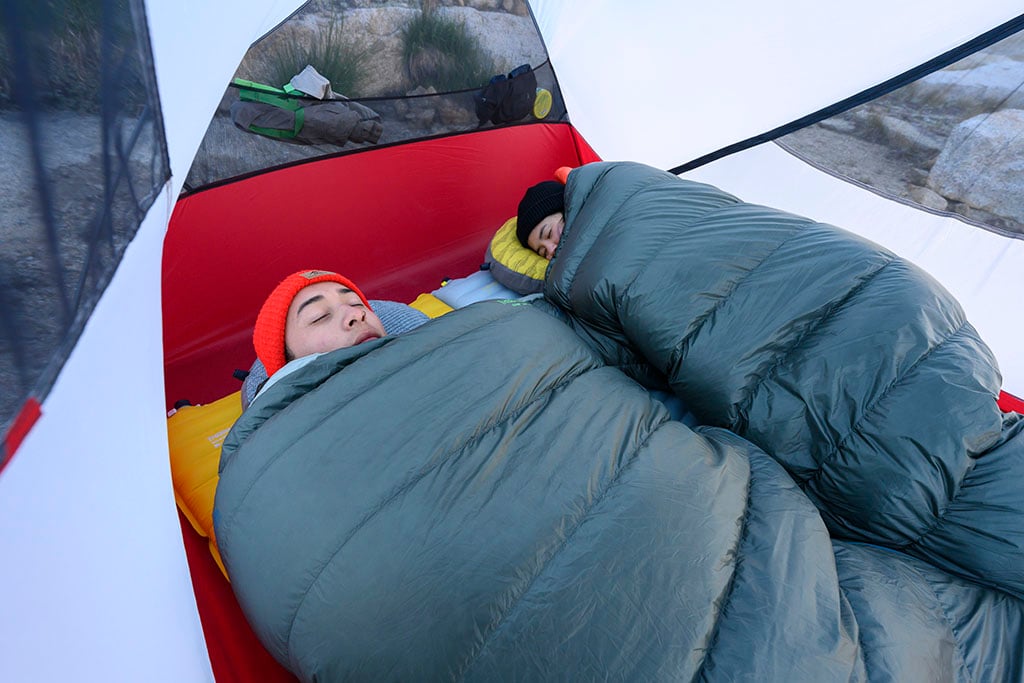
1. Build a Sleep System
Your sleep system includes your sleeping bag, what you wear to bed, and your camp mattress. The warmth of your mattress will have a significant impact on how warm you sleep. Given the same sleeping bag, sleeping on a NeoAir® XTherm™ NXT mattress will be a very different experience than sleeping on a flat foam pad.
2. Sleeping Bag Fit
It’s important to be able to move around in your sleeping bag, but you don’t want so much room that you spend all your energy heating empty space. If a bag is too small, you’ll end up compressing insulation and creating cold spots. Find a sleeping bag that fits your width as well as your length.
3. Clothing
You should always have dedicated sleeping clothing that is kept dry. They could include long underwear and long sleeve top hat, gloves and socks as an option for pushing your bag’s performance. You can adjust the thickness of these depending on potential weather conditions. Don’t be afraid to put on even more layers if the need arises, making sure to maintain the room you need inside to prevent compression of the sleeping bag’s loft.
4. Right Temperature Range
Use those EN/ISO sleeping bag temperature ratings! They are a great help in finding a bag that will meet your needs. While it’s obviously important to get a bag with ample warmth, it’s also important not to get a bag that’s too warm; if you sweat, you’ll wake up cold. However, also keep in mind the versatility you can add to a bag by the system you build around it.
Related Posts:
- ASTM Standard R-Value: Rating Sleeping Pad Insulation
- R-Value vs. Degree Ratings: Sleeping Pad Warmth
- Sleep System Basics for Building Warmth
Updated. Originally Published October 23, 2018.
